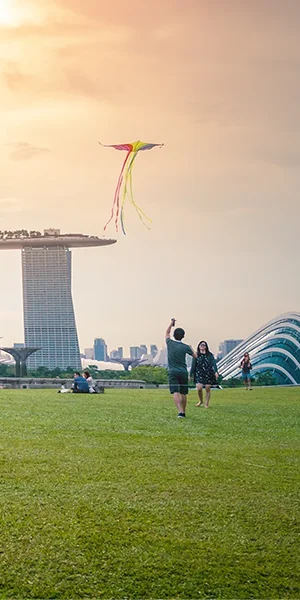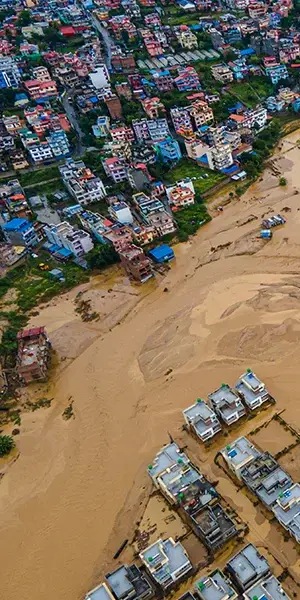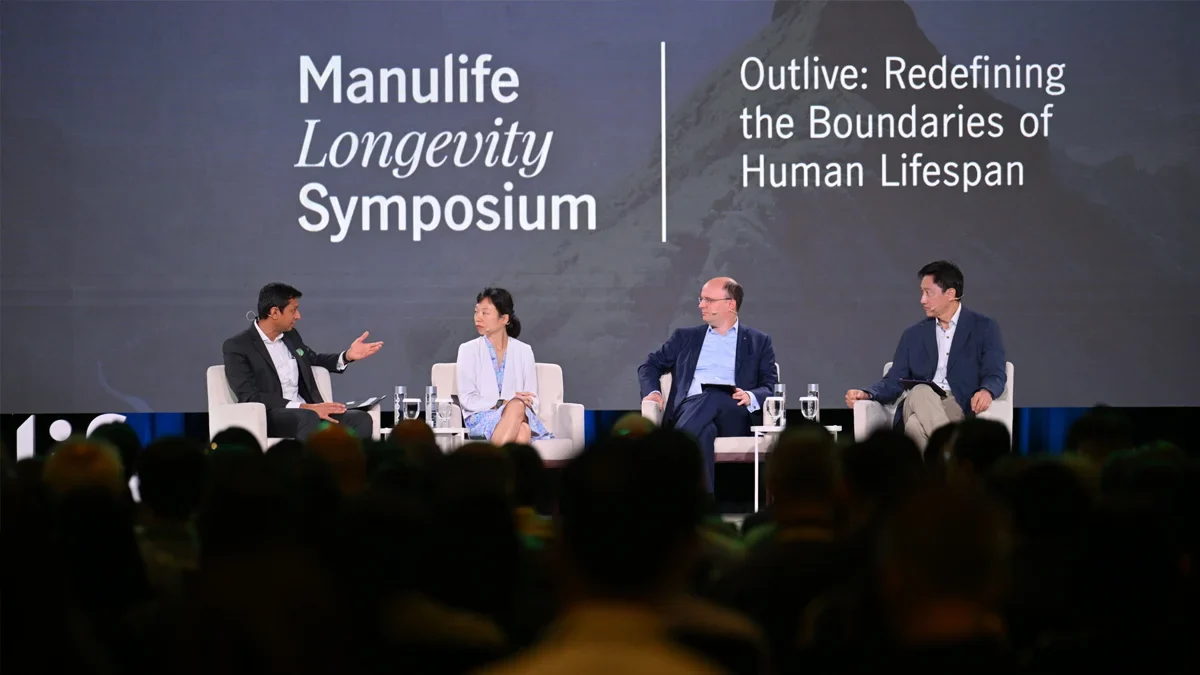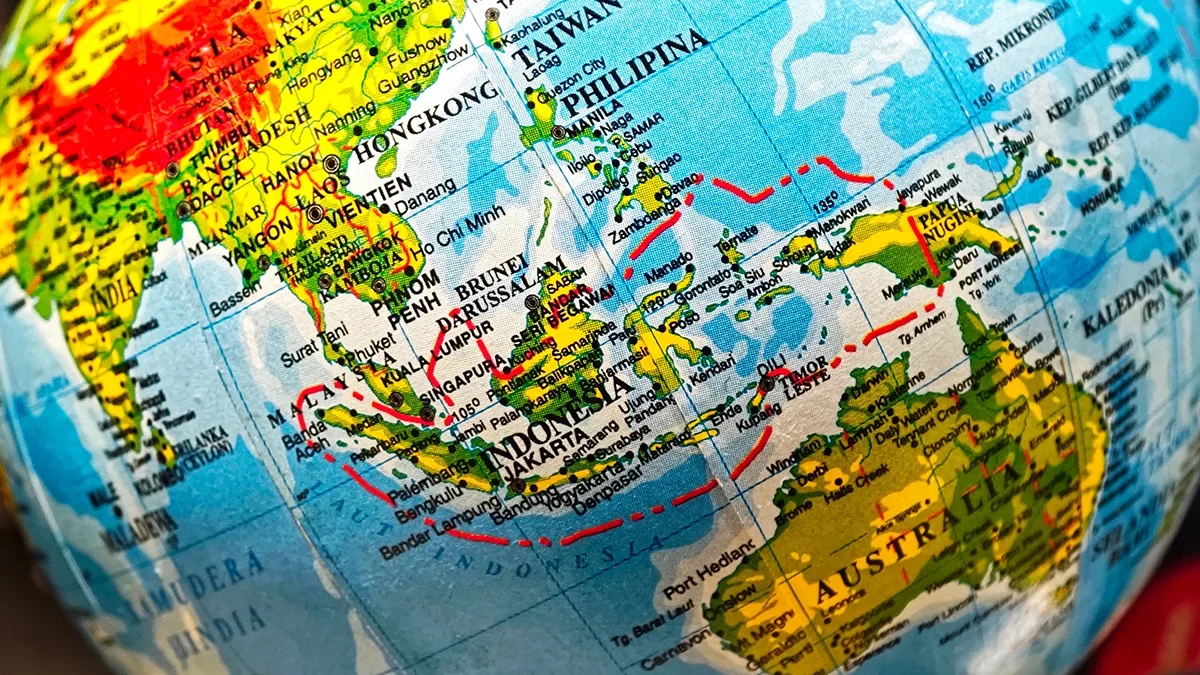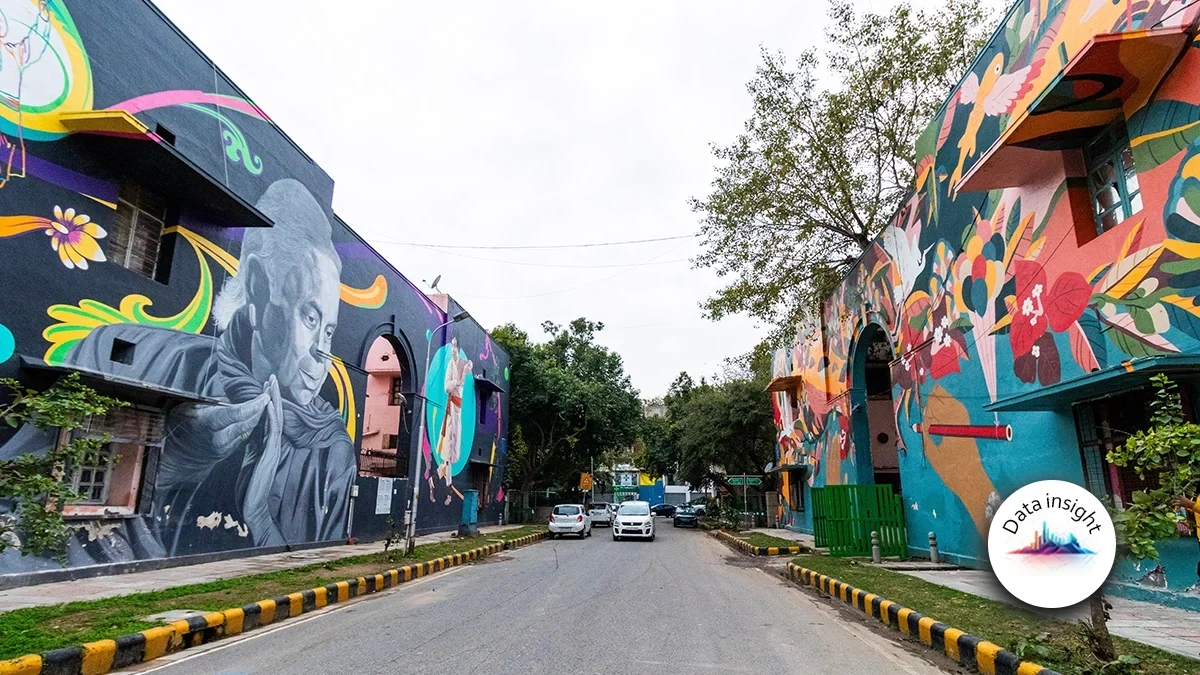(Re)in Summary
• Asian insurers are shifting focus from longevity to quality of life as the region faces rapid ageing, with Singapore expecting one in four citizens to be 65 or older by 2030.
• Only 8% of Asians desire longer lifespans, prompting insurers such as Manulife to revamp their products toward holistic wellness solutions.
• Manulife has enhanced its ManulifeMOVE programme with tiered membership and expanded healthcare coverage.
• Singapore regulators support insurers’ innovation in motivating customers toward proactive health management.
The growing gap between lifespan and “healthspan” is creating new challenges for insurers in Asia, as demographic shifts prompt them to rethink product design and customer engagement strategies.
This disconnect was highlighted at Manulife’s inaugural Longevity Symposium in Singapore on September 6, where industry leaders discussed how insurers can adapt to emerging longevity risks while maintaining profitability.
Singapore’s life insurance market achieved S$2.99bn (US$2.21bn) in H1 2025 weighted new business premiums, driven by a 22% rise in annual premium policies. While investment-linked products showed strong growth at 31.3%, the 18.6% drop in total policy numbers suggests a pivot toward fewer but more comprehensive policies. Claims payouts fell 42.1% year on year, potentially boosting insurers’ profitability.
“Around Asia, they seek a higher quality of life where they can maintain their independence rather than simply looking to live longer,” said Steve Finch, President and CEO of Manulife Asia, during the Longevity Symposium. “We’re evolving our offerings across prevention, care, and protection to meet the increasingly diverse needs of our customers to address physical, mental, and financial health.”
Asia is coming under demographic pressures. In Singapore, which often previews the growing wealth and ageing trend in the region, one in four citizens will be 65 or older by 2030.
More critically for insurers, Manulife’s Asia Care Survey found that only 8% of respondents desire a longer lifespan, suggesting that quality of life—not quantity—is becoming the primary concern for potential policyholders. “This evidence reinforces our belief in delivering holistic well-being solutions that meet people where they are today,” Finch said.
The implications for underwriting and product development are significant. Manulife’s response includes an enhanced version of its ManulifeMOVE wellness programme, which now incorporates tiered membership structures and expanded coverage across healthcare, home care, and wellness services. Aimed at ageing insureds, the programme signals a shift from traditional protection products to more comprehensive risk management solutions.
“Building this early into our financial planning is very important. Making sure that we are preparing ourselves for those higher expenses as we age is also important,” said Benoit Meslet, President and CEO of Manulife Singapore. “It’s important to start early and plan for unexpected and expected healthcare costs.”
The regulatory environment appears supportive of such innovation. Jasmin Lau, Minister of State for Singapore’s Ministry of Digital Development and Information and the Ministry of Education, urged insurers to encourage their customers to actively manage their health.
“I think this is where a lot of private companies and financial advisors could nudge your clients towards that direction,” said Lau. “I’m very happy to see private partners and companies doing their part to support longevity and healthcare in Singapore, and I think there’s a lot more that can be done through different means.”




